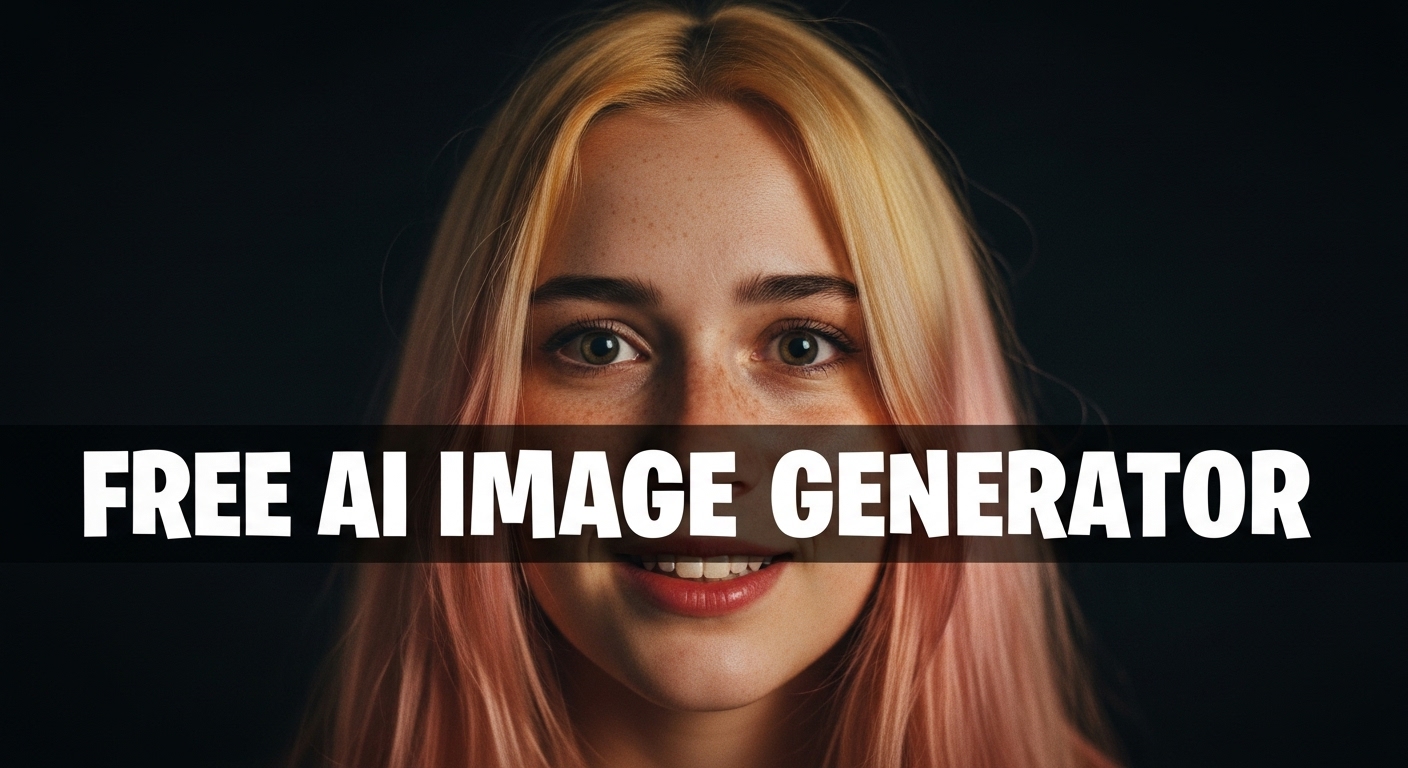Generate Realistic Character Dialogue
Create natural, engaging conversations for stories, scripts, and creative writing
Dialogue Generator AI
Describe the scene and characters
What is Dialogue Generator AI
This tool creates realistic, character-driven dialogue for your creative projects. Whether you're writing a novel, screenplay, video game, or audio drama, our AI generates natural conversations that reveal character, advance plot, and maintain authentic voices. Each character speaks distinctly with appropriate vocabulary, speech patterns, and emotional depth.
How to Use Dialogue Generator AI
Follow these simple steps to use the dialogue generator ai:
1. Describe the scene, setting, and characters involved
Describe the scene, setting, and characters involved
2. Select the genre of your story
Select the genre of your story
3. Choose the dialogue tone that fits the scene
Choose the dialogue tone that fits the scene
4. Generate authentic character conversations
Generate authentic character conversations
5. Customize and integrate into your creative work
Customize and integrate into your creative work
Examples of Content Generated by Dialogue Generator AI
Here are some examples of what you can create with our tool:
Witty romantic banter between two characters meeting
Tense negotiation dialogue in a thriller scene
Humorous exchange between comedy sidekicks
Emotional confrontation with conflicting motivations
Frequently Asked Questions
Does each character sound different?
Yes! The AI creates distinct voices for each character based on their personality, background, and role in the scene.
Can it write dialogue for multiple characters?
Absolutely! Generate conversations between 2-4 characters with unique voices and perspectives.
Does it include action beats and descriptions?
Yes, the dialogue includes action tags, character reactions, and scene direction to make it feel complete.
Can I use this for screenwriting?
Yes! The dialogue works for screenplays, stage plays, novels, short stories, and any narrative format.
Will the dialogue sound natural?
The AI is trained on realistic speech patterns, avoiding stilted or overly formal language unless that's intentional for the character.

